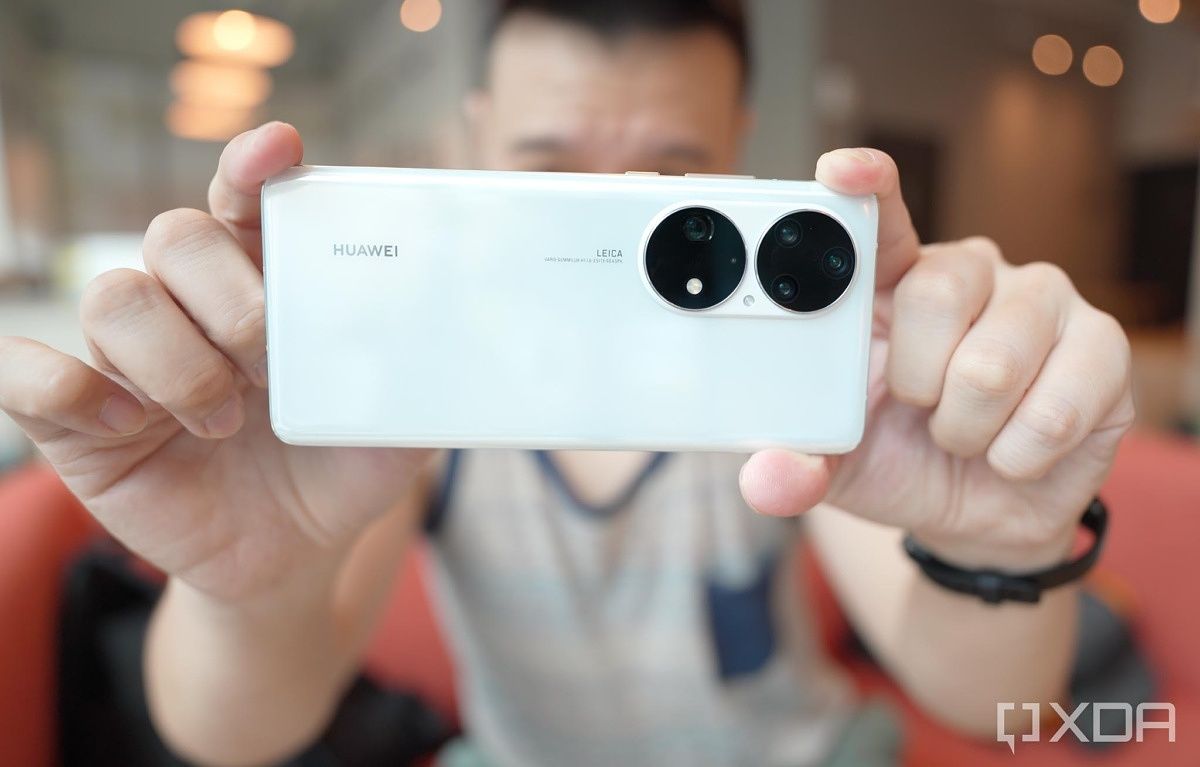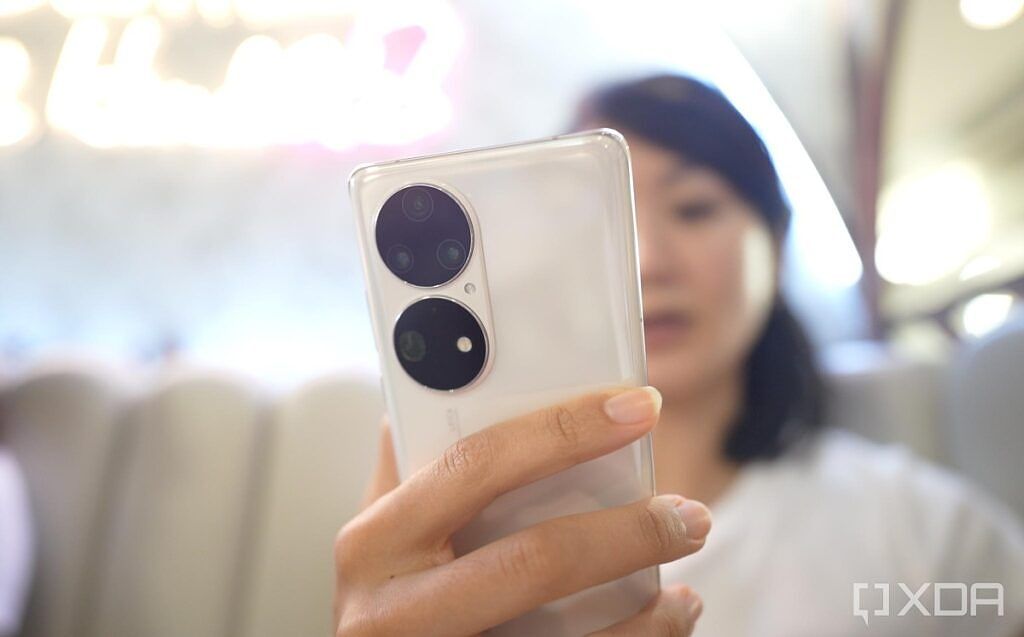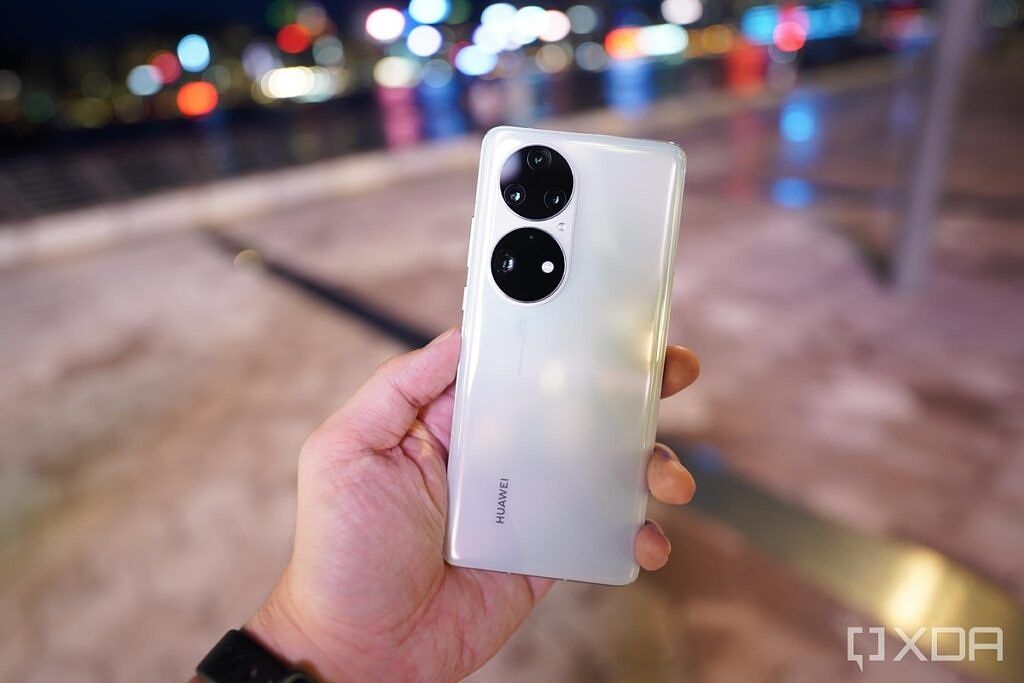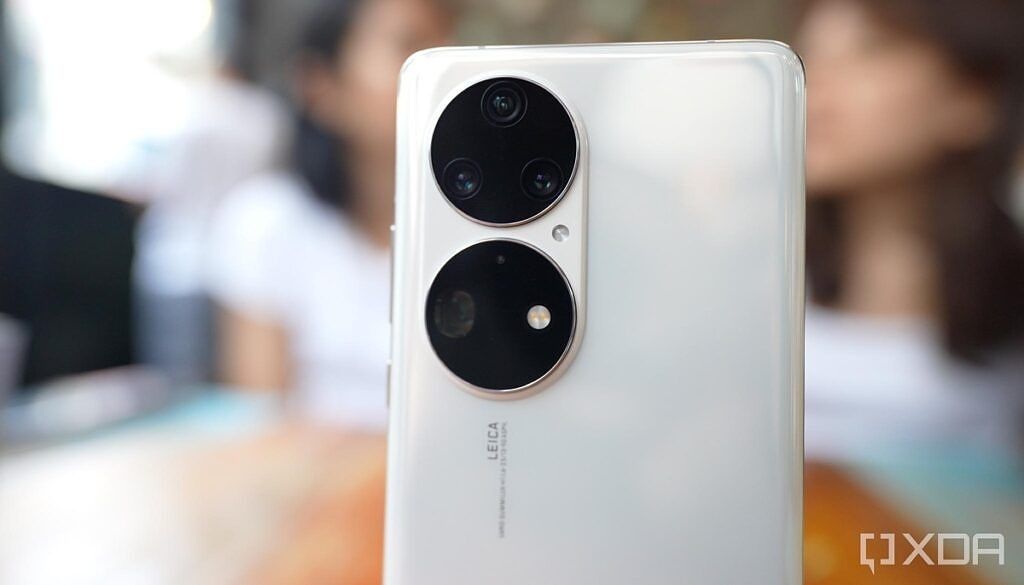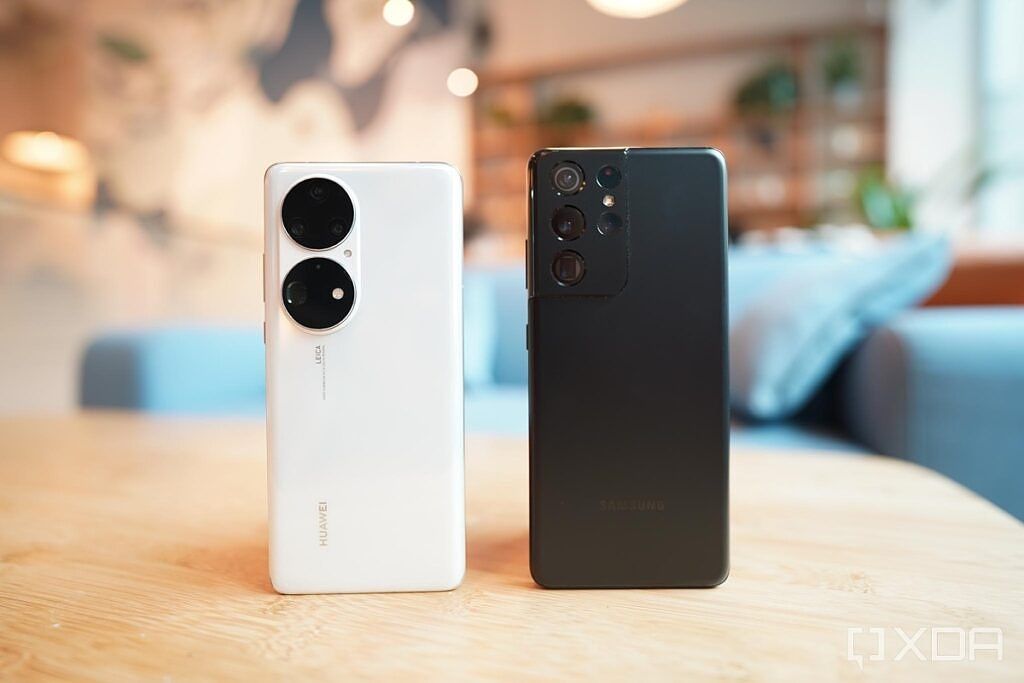Opinions on Huawei can be divisive depending on who you speak to. But if there’s one part of Huawei that can’t be argued, it’s that the company’s top smartphones have consistently offered some of the best mobile camera hardware in the industry. In fact, a good case can be made that a chunk of today’s smartphone camera trends — Periscope zoom lens, using larger image sensors, utilizing a more pixel-dense sensor for the purpose of pixel-binning — were first seen in a Huawei smartphone. A P-series phone, to be particular.
So when Huawei finally launched its much-delayed P50 series earlier two weeks ago, there was substantial interest from phone geeks, even if most of us knew the phone wouldn’t sell outside China and wouldn’t be able to run Google Mobile Services. We wanted to see if the Huawei P50 phones would bring the same camera innovation that the P20, P30, and P40 brought.
I was able to test a retail unit of the Huawei P50 Pro for a day thanks to Hong Kong-based importer Trinity Electronics. As usual, I came away impressed with the phone’s camera capabilities.
Huawei P50 Pro: Design and hardware
Whether it was the P20 series’ gradient-colored finish, or Mate 20 series’ centrally-located square camera module, or the Mate 40’s circular ring camera layout, Huawei’s smartphones have usually had a different look than the dozens of Chinese Android phones that hit the market every year. The P50 Pro is perhaps the most distinctive (and divisive) Huawei design yet: two huge circular camera modules stacked vertically on the left side.
In my opinion, this design looked garish and just plain odd in press renderings. But in reality, the phone looked better and striking in a polished, confident way.
On the Pro model, the two circular islands house four cameras -- a 50MP main camera, 13MP ultra-wide, a 40MP monochrome sensor in the top circle, and a lone 64MP Periscope camera down below. The selfie camera around the front is a 13MP sensor. I'll dig deeper into the cameras further down in the article.
The P50 Pro’s front-side features a 6.6-inch OLED display with a 120Hz refresh rate and under the hood is either the Snapdragon 888 or Kirin 9000. My unit is powered by the latter.
There’s 8GB of RAM, 256GB of internal storage, and a 4,360 mAh battery. The quad-curved screen and front-facing 3D depth cameras of the P40 Pro are both gone.
As someone who finds the Galaxy S21 Ultra or Xiaomi Mi 11 Ultra to be slightly too large, the 6.6-inch P50 Pro, with a weight that falls under 200g, is more comfortable to hold.
Huawei P50 Pro: Software
The Huawei P50 phones are the first to ship with the company's HarmonyOS out of the box. In the "about phone" section in the settings, my retail unit runs on HarmonyOS 2.0. There's no mention of an Android version anywhere in the section, and with our very limited time with the phone, we could not verify the base underneath either way.
Still, HarmonyOS for the most part behaves and looks very similar to EMUI, Huawei's skinned version of Android. It's a colorful, smooth UI with as many useful software touches (a very useful multi-tasking dock that's triggered by holding a side swipe) as annoying bits (no app drawer; you must swipe from the very top of the screen to access the notification panel).
The biggest visual change is HarmonyOS' homescreen featuring interactive widgets of varying sizes that fit nicely into the homescreen grid. It feels like iOS 14's handling of widgets, to be honest. One unique and useful addition is the ability to swipe up on most native Huawei apps to open a mini widget of that app. For example, swiping up on the Photo Gallery app will show the last photo captured.
It should go without saying by now that the Huawei P50 phones can't run Google Mobile Services natively, but the degree of restrictions vary from service to service. Some Google services, like using Google Pay, Google Assistant, and uploading files to Google Drive are entirely not useable on the P50 Pro. But Google Maps run mostly fine, except you can't log into your account. Still, you can navigate from point A to point B without issues. Likewise, while Gmail and Google Calendar apps won't run, you can access both services via third-party apps like Microsoft's Outlook. Google Chrome and Gboard work too -- but no voice dictation on the latter. Other globally-used popular apps like Facebook, Twitter, Instagram, and WhatsApp work fine.
Overall, if you've used a Huawei phone in the last two years, HarmonyOS feels and operates mostly the same.
Huawei P50 Pro: Cameras
The Huawei P50 Pro's camera system sees not just overhauled hardware, but even philosophy. For example, that RYYB filtering array that's been a mainstay in Huawei flagships since 2019's P30 series is gone. Also eliminated is the pixel-dense 40MP ultra-wide camera that produced sharp details at the cost of field-of-view range. Instead, the ultra-wide lens in the P50 Pro is a more traditional “really wide, but not as sharp” type camera. Even the Periscope zoom lens has curiously dropped down to 3.5x optical zoom compared to the 5x or 10x optical zoom in the past few Huawei flagships. I also find it curious that Huawei's own website and launch announcement made no mention of the main camera's image sensor size, which in the past has been an area on which Huawei placed emphasis.
[sc name="pull-quote-right" quote="The Huawei P50 Pro's camera is a good upgrade over previous Huawei cameras"]Despite the "drop" in numbers or specs, the P50 Pro camera is an upgrade over previous Huawei cameras in most areas (maybe except zoom). My two biggest complaints about past Huawei cameras were that video stabilization was relatively weak compared to rival phones, and still photography tended to have a faint yellowish tint and slightly muted colors (perhaps due to the RYYB array). Both have been fixed. The main camera now produces punchy, lively colors, and there's also a natural-looking bokeh that separates subject/object from the background in both photos and videos. The last four images in the below set were just auto point-and-shoot, not portrait mode.
The improvement is likely due to Huawei's "XD optics", essentially a new computational photography algorithm built into the phone's image signal processing system that Huawei claims retains more image information than before, as well as mitigating common mobile camera problems like light refraction and optical distortion.
This improvement is even more noticeable when shooting at night, or in challenging lighting conditions.
In the below shot taken under shade but facing bright light, I find the P50 Pro's photos to have better dynamic range and colors than both the iPhone 12 Pro and Galaxy S21 Ultra. Samsung's sky is overly blue, the iPhone's shadowed areas are completely dark.
The ultra-wide lens, as mentioned, is significantly wider than the last four Huawei flagships, but shots are no longer as sharp. There's also a noticeable difference in color temperature if the ultra-wide shot is viewed next to the main camera shot.
The P50 Pro's decision to drop down to a 3.5x optical zoom instead of a 5x is likely to improve portrait photography, as the 3x-3.5x zoom is a much more commonly used focal length. Surprisingly, the P50 Pro's 10x zoom still holds up well against the S21 Ultra's optical 10x zoom lens. While Samsung's photo has better details, I prefer the colors on the P50 Pro shot.
As mentioned earlier, I thought Huawei smartphones' video capabilities were lagging behind not just the iPhone, but also Samsung's and Xiaomi's video cameras. I'm not quite ready to say Huawei has taken a clear lead in video (one day isn't enough time to come to thorough conclusions), but I can say the P50 Pro's videos are much improved than previous Huawei phones. I'm particularly impressed by the bokeh when shooting with the main camera, audio captured by the phone's internal mic, and also zooming capabilities while filming.
Huawei P50 Pro: The best Huawei phone right now, despite everything
Other random tidbits I came across during my roughly eight hours of testing: the P50 Pro's haptics have improved over previous mushy, weak Huawei haptics. It's still not at the level of Samsung's or Xiaomi's, but vibrations from key taps are noticeably firmer and more precise now. The P50 Pro also brings stereo speakers, correcting another shortcoming of previous Huawei flagships.
Battery life, however, leaves me wanting. The 4,360 mAh cell is a bit on the small side by modern flagship standards, and the 120Hz screen eats up power. From my admittedly heavy usage testing cameras and performance, the phone was draining over 10% battery per hour. There is however a 66W fast charging brick in the box.
Ultimately, the P50 Pro's biggest selling point is, like previous Huawei flagships, the cameras and unique design that stands out from the sea of smartphones on the streets. But the software situation that has damaged Huawei phones' global appeal remains true here. The equation completely changes if and when the software situation clears up, immediately bringing Huawei back into contention amongst the global phone heavyweights. Until then, we just appreciate the hardware, for the Huawei P50 Pro is still the best Huawei phone right now.

